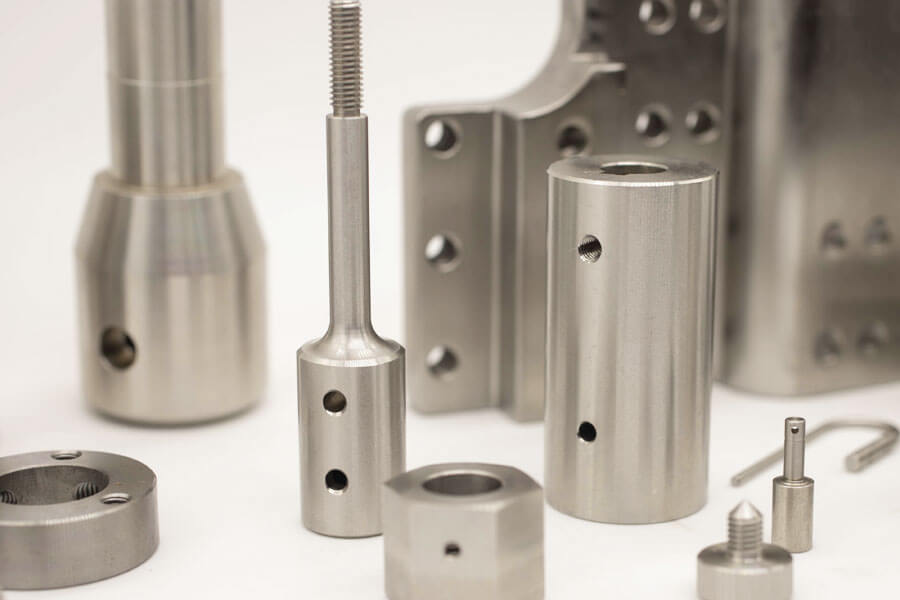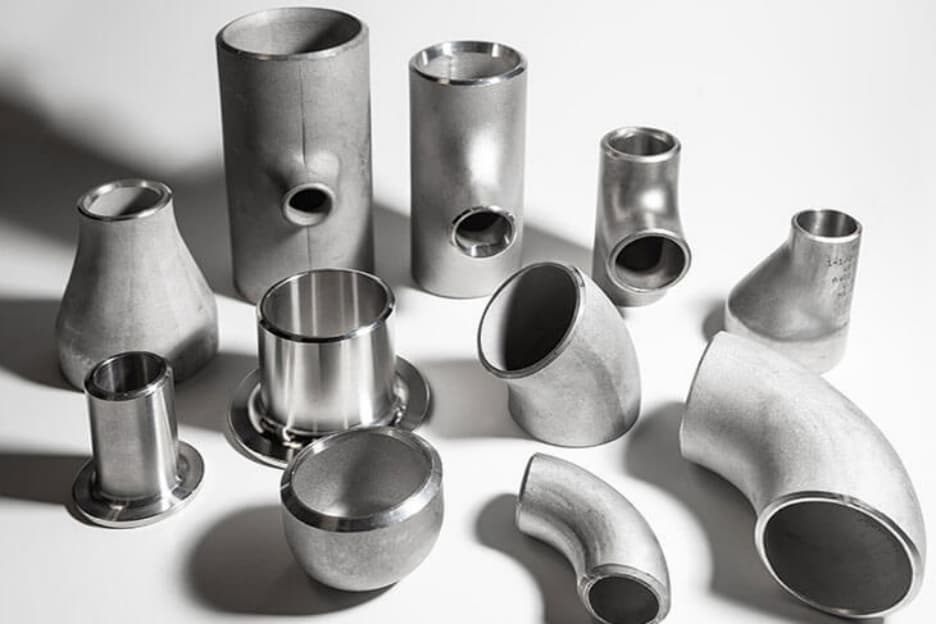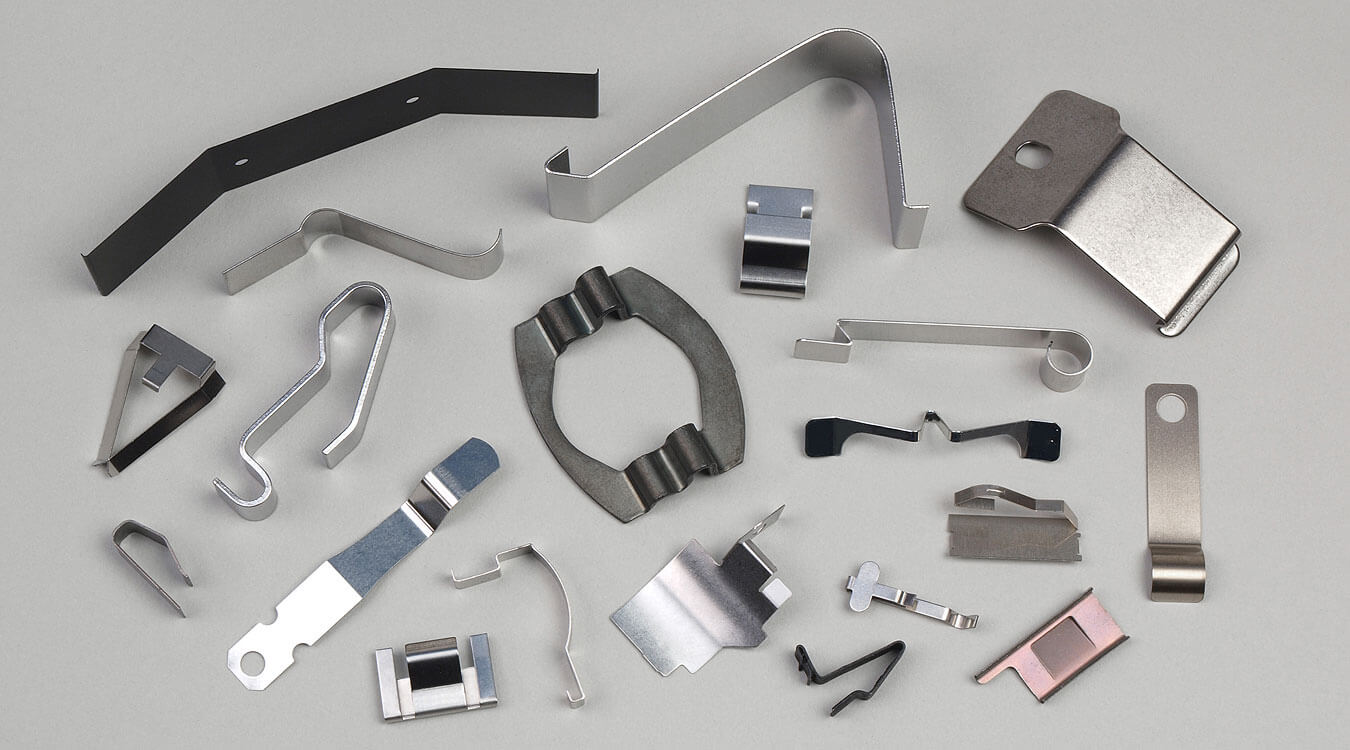Quality of Stainless Steel Parts
Are you familiar with stainless steel and the properties of its different types of stainless steel parts? It makes sense to know something about this alloy metal.
This article discusses what stainless steel is, the different types of stainless steel parts, the benefits of stainless steel parts, and more.
1.What is stainless steel?
Stainless steel is an alloy of iron combined with other elements. In most cases, the alloy that is actually called “stainless steel” contains at least 10.5% chromium and up to 1.2% carbon.
Other elements used in making stainless steel parts include austenite, molybdenum, silicon, nitrogen, manganese, and nickel. This alloy is more corrosion resistant than regular iron or regular steel, which is a combination of iron and carbon.
The elements used in making stainless steel parts, along with other additives, form a passive oxide layer that gives the alloy a shiny, reflective finish. The passive oxide layer also prevents rust.
Its shiny surface is difficult to tarnish, especially when compared to regular steel. Hence the name “stainless steel.” This alloy metal can be considered a strong material that can be used to build stainless steel angles, beams, pipes, and more.

2.How Stainless Steel Parts Are Made
In order to make this alloy part, the manufacturer must first determine the type that is required. This is critical because the grade of stainless steel produced can affect the proportions of stainless steel materials (such as carbon, iron ore, molybdenum, etc.) in the mix.
These proportions are not always exact. They are usually within a range because of the inevitable differences in the overall purity of each element in the mix. In addition, the ratio of iron to other elements or materials affects the strength of the protective oxide layer.
It also determines the alloy’s resistance to specific corrosive agents and some mechanical properties such as melting point, hardness, shear modulus, etc. These different proportions of ingredients result in different types of stainless steel alloys being produced.
Each unique combination of elements is called a “grade” of stainless steel. For example, 304 grade stainless steel, 420 grade stainless steel, etc. The different raw materials are placed in an electric furnace and heated to the melting point. This process can take up to 12 hours.
The molten material is then placed in an AOD (argon oxygen decarburization) or VOD (vacuum oxygen decarburization) system to remove excess carbon. The amount of carbon removed determines the quality of the stainless steel part produced.
Fine-tuning the quality of the final product requires stirring the molten steel to remove or disperse specific stainless steel components in the mix. This ensures that the product is of uniform quality and meets the specifications of the end user.
As the molten stainless steel cools, it goes through several forming processes, including hot rolling while the mixture is still above its crystallization temperature. The steel is formed into blanks that can be used to create large blocks of metal or billets.
Annealing, which is heating and cooling the material under controlled conditions, is required to eliminate internal stresses and change the mechanical properties of stainless steel. If annealed, the steel is descaled to prevent damage to the protective oxide layer.
After the annealing process, the steel goes through several more cutting and forming processes to create the perfect final product for a specific application. The specific techniques can vary, mainly depending on the shape and size of the billet/billet and the final product.
Some manufacturers apply different surface treatments to their stainless steel billets, wires or billets before shipping them to other manufacturers. The surface treatments used vary, depending on the intended use of the stainless steel part.

3.Different element types of stainless steel parts
There are different types of stainless steel, each with its own advantages and disadvantages. But they are usually divided into 4 categories:
- Austenitic
This is the most common type on the market today. It has an extremely high nickel content and also high levels of molybdenum, chromium, and nitrogen. Austenites are known for their ductility and weldability. They are often used for storage components and kitchen utensils. They are also very strong and have strong corrosion resistance. - Duplex
This type is basically a combination of austenitic and ferritic steels. It is stronger than austenitic and ferritic stainless steels due to its lower nickel content. It is also cheaper than austenitic steels. Duplex stainless steels are widely used in the underwater oil industry for their corrosion resistance. This property allows them to withstand the corrosion of salt water for a long time. - Ferritic
This steel has a lower carbon content of about 0.10%. The main mineral element is chromium and a common additive is molybdenum. Other mineral elements can also be added to these steels. Ferrites are magnetic and are often used to resist stress corrosion cracking. Common examples of ferritic steels are alloys 430 and 434. - Martensitic
This type of stainless steel is similar in structure to ferritic stainless steel. The only difference is in their carbon content. The carbon content in martensitic stainless steel is around 1%, while the carbon content in ferritic stainless steel is less than 0.1o%. Martensitic is used in environments that require high strength but average corrosion resistance. Examples of this type include alloys 431 and 420S45.
4.Characteristics of stainless steel parts
Its characteristics are as follows:
- High temperature resistance
- High tensile strength
- Corrosion resistance
- Attractive appearance
- Highly durable
- Easy to manufacture and form
- Low maintenance
- Environmentally friendly, i.e. recyclable

5.Advantages of stainless steel parts
The advantages are as follows:
1) Enhanced durability
Industry-leading superior durability, i.e. strong and non-deformable. It has strong resistance to structural damage and impact. The rigidity of stainless steel parts is well maintained over a wide temperature range, up to 1400 degrees Fahrenheit.
2) Retains resale value over time
Stainless steel parts have a high resale value and are therefore a fairly safe investment. The main reason for this is their aesthetic appeal, i.e. their attractive appearance.
3) Corrosion resistance
Stainless steel parts are extremely corrosion resistant and are widely used in a wide range of environments and applications.
4) Equipment stays clean for a long time
Stainless steel parts effectively maintain their flat and smooth surfaces, especially if properly maintained. This minimizes the chances of dirt, dust or oil accumulation. There is zero chance of bacteria growing and multiplying in hidden areas of the material.
5) Ease of fabrication
Modern steel fabrication techniques make stainless steel almost as easy to process, cut, fabricate and shape as traditional steel. The long-term value created by its long service life cycle usually results in the cheapest material choice.
6) Hygienic surface
It is relatively easy to clean and maintain the surface. This is why it is used in environments with strict hygiene requirements, such as kitchens, hospitals, slaughterhouses, etc. This means that any food that comes in direct contact with such surfaces will not attract bacteria or dirt.
6.Uses of stainless steel parts
Stainless steel parts can be used to manufacture a wide variety of products. Here are some of them:
- Metal Valve Parts
The highest grade materials are used to manufacture a whole range of metal compressor valve plates and valve rings for air and process gas compressors, refrigeration, PET industry, etc. The stress-free steel compressor valve parts are manufactured using state-of-the-art laser profiling equipment.
After the metal parts are cut from the highest grade 20 stainless steel, they go through a series of proprietary processes. Finally, they pass quality control tests to ensure that consumers get the highest quality metal compressor parts.
Stainless steel is used to produce the following metal compressor valve parts:
- Valve Plates
- Wafer Discs
- Valve Rings
- Spring Plates
- Damping and Buffer Plates
- Lens Rings
7.Conclusion
Stainless steel is one of the most valuable materials used in almost every aspect of life. There are many types of stainless steel, each with specific properties that make it suitable for specific uses. The benefits of stainless steel parts are numerous and they are used in many industrial applications around the world.
